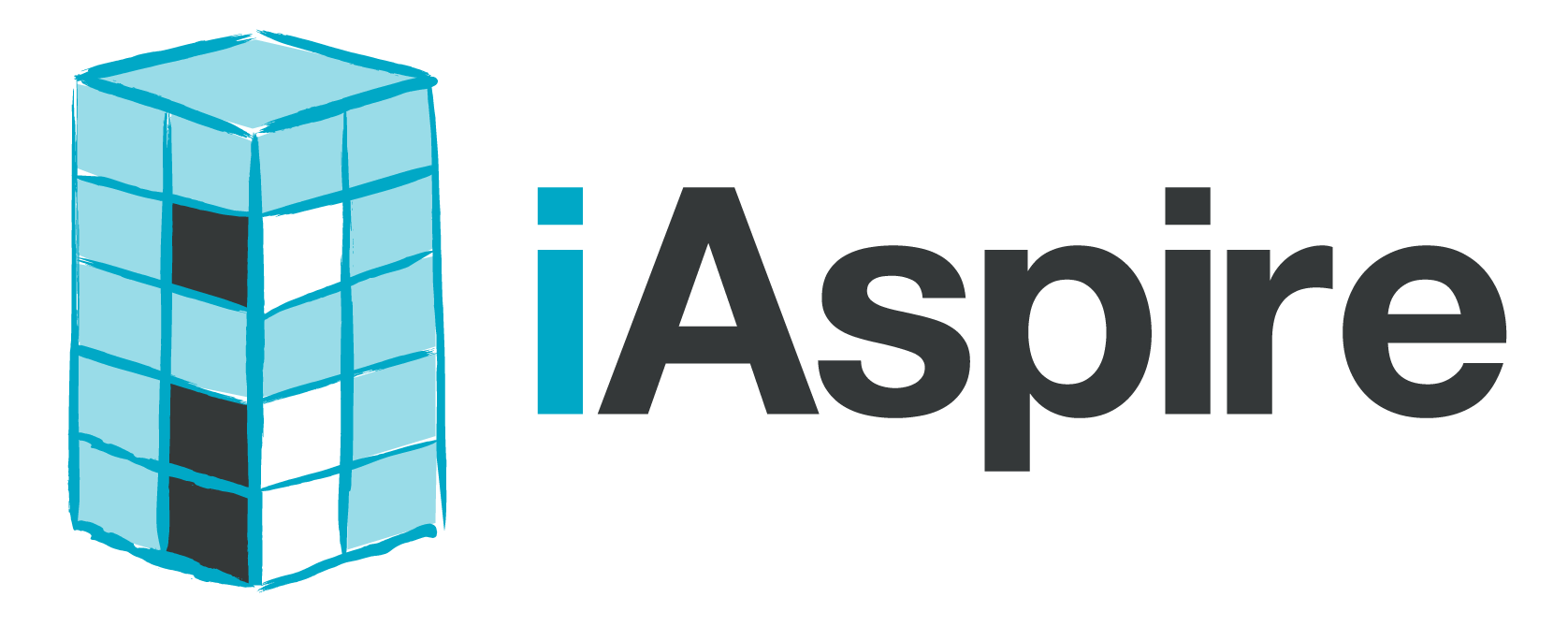Why Not All Professional Growth Plans Are Created Equal
“If you fail to plan, you are planning to fail”. Have you ever heard this quote from Benjamin Franklin when someone was conveying the importance of planning before execution? Planning is essential in the world of education. It should come as no surprise then that teachers spend nearly half of their time involved in planning activities. With so much of their time being spent on planning, it’s important that the time is well-spent and helps achieve their most important goals.
However, just devoting enough time to planning won’t result in successfully meeting the goals - it’s critical to have the right ingredients as well. If you’re missing a key ingredient, all of your best laid plans could go awry just like it did with Blackberry.
In 2008 Blackberry was a house-hold name. 5 years later their stock dropped from $144/share to $6.50/share. How did this happen? Blackberry made the mistake of thinking other businesses were their customers instead of the end users themselves. In other words, they kept selling to company executives but the actual users in those companies were moving on to better devices like the iPhone that were more user-centric. Blackberry spent plenty of time strategizing and putting their plan into action, but they missed the mark completely as to who was at the center of their strategy.
This lesson is important in the education world as well. While you’re focusing on helping your teachers grow professionally and gain a sense of accomplishment, the students are still at the very core of everything that is planned and executed at school.
So what are the key ingredients to creating a professional growth plan that actually works?
Teachers should collaborate with their administrator, coach, and/or Professional Learning Community to identify areas of needed or desired professional growth from within a professional practice framework.
Let’s be honest - we all have blind spots when it comes to giving an honest personal assessment. This is precisely why collaboration in a safe environment is critical for professional growth. Self-reflection or self-assessment is still beneficial for identifying an area of professional growth, but in most situations it shouldn’t be the only means for making such a determination. Additionally, keeping the Blackberry lesson above in mind - teachers and administrators should focus on growth areas that will benefit their students in the present school year.
Create a professional growth goal.
This should minimally include what will change in daily practices that will impact student learning and establish sources of evidence that serve as success criteria for meeting the objective. For example, “During the school year, I will improve my questioning and discussion techniques. I will incorporate the Q-Chart for daily classroom discussions so that students can take ownership of classroom conversations. I will read and implement strategies from Classroom Discussions. Growth will be evidenced through lesson/unit plans that include strategies from the text, observational data, self-reflection after implementation, and student reflections after Socratic Seminars.”
Specify the resources or professional learning opportunities needed, how they’ll be provided, when they need to be accomplished, and a cadence for regular monitoring.
Think of this as a roadmap for the journey ahead. Nobody accidentally stumbles into an achieved goal. This component of the growth plan will ensure that teachers are being supported throughout the school year and allow for opportunities to review and revise formatively. If you need help with equipping your teachers for the professional growth journey ahead, here are some examples of growth plans from around the country.
Teachers complete a final self-reflection and wrap up with their administrator, coach, and/or Professional Learning Community.
Asking the right questions at the right time can mean all the difference in successfully reaching a goal. In addition to determining goal attainment, think of this as a way to help teachers capture valuable insights and lessons learned from the current school year. Be sure to ask questions that spark reflection in addition to growth goal-specific questions. One such important question is how the learning will carry forward into instructional practices for next school year. If you’re using iAspire for professional growth plans, then there’s also the added benefit of an automatically- captured portfolio for teachers at the end of each school year.
Your teachers will be able to set, pursue, and achieve their most important professional growth goals by following these 4 key steps each school year. Even better - if you’re using iAspire you’ll now have a virtual growth assistant to help.
